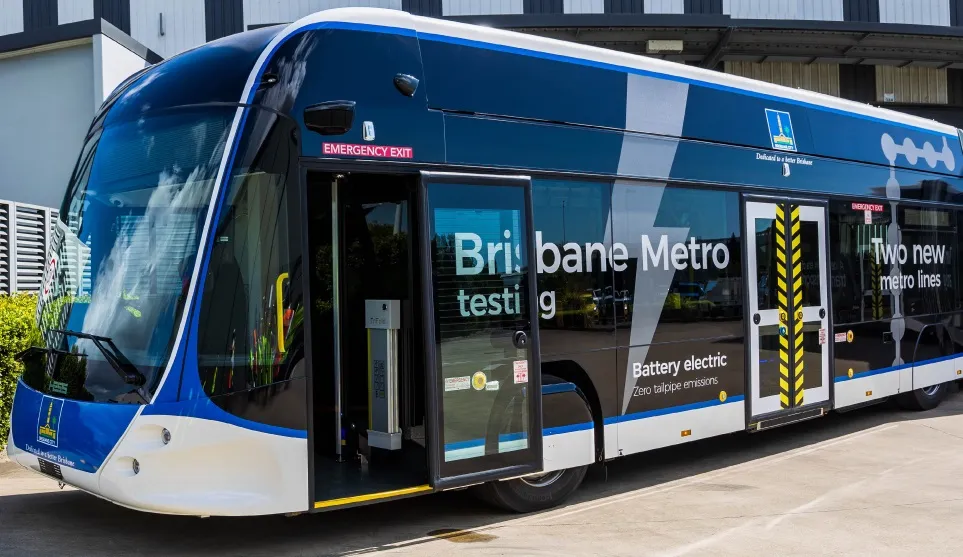In its latest report, Global Bus Rapid Transport Systems (BRT) Market 2015-2019, Research and Markets analysts have forecast that the global Bus Rapid Transit Systems (BRT) market will grow at a CAGR of 9.82 per cent over the period 2015-2019.
BRT systems are highly sophisticated bus-based transit systems that are meant to deliver efficient, rapid, and cost-effective high capacity public transportation services. Apart from vehicles, BRT systems also comprise right-of-way lanes, on-board ITS and stations.
May 15, 2015
Read time: 2 mins
In its latest report, Global Bus Rapid Transport Systems (BRT) Market 2015-2019, 7527 Research and Markets analysts have forecast that the global Bus Rapid Transit Systems (BRT) market will grow at a CAGR of 9.82 per cent over the period 2015-2019.
6865 BRT systems are highly sophisticated bus-based transit systems that are meant to deliver efficient, rapid, and cost-effective high capacity public transportation services. Apart from vehicles, BRT systems also comprise right-of-way lanes, on-board ITS and stations. They use hi-tech communication technologies to track the location of vehicles and provide timely information to passengers at stations. Apart from saving on travel time, they also provide certain advantages such as reduction in emission levels, road safety, and encourage the use of public transportation. These systems are expected to evolve and shift toward using clean fuels such as biodiesel, LPG, and CNG rather than diesel.
Commenting on the report, an analyst from the team said: “The global BRT systems market is expected to witness improvements in its growth rate in the future because of factors such as integration of BRT systems with intelligent systems.”
BRT systems are incorporating a variety of technologies that aid in smart transportation. Buses are increasingly being fitted with on-board communication technologies such as private radio networks, cellular technologies, wi-fi, infrared and emerging technologies such as5670 WiMAX. RFID technologies and inductive loops are used for positioning of vehicles and for connecting to central systems. Bus lanes are fitted with street-side beacons, which are triggered by short waves as a bus passes by, generating information about the vehicle. AVL technologies are used for continuous monitoring of transit vehicles through GPS devices.
Commenting on the report, an analyst from the team said: “The global BRT systems market is expected to witness improvements in its growth rate in the future because of factors such as integration of BRT systems with intelligent systems.”
BRT systems are incorporating a variety of technologies that aid in smart transportation. Buses are increasingly being fitted with on-board communication technologies such as private radio networks, cellular technologies, wi-fi, infrared and emerging technologies such as










